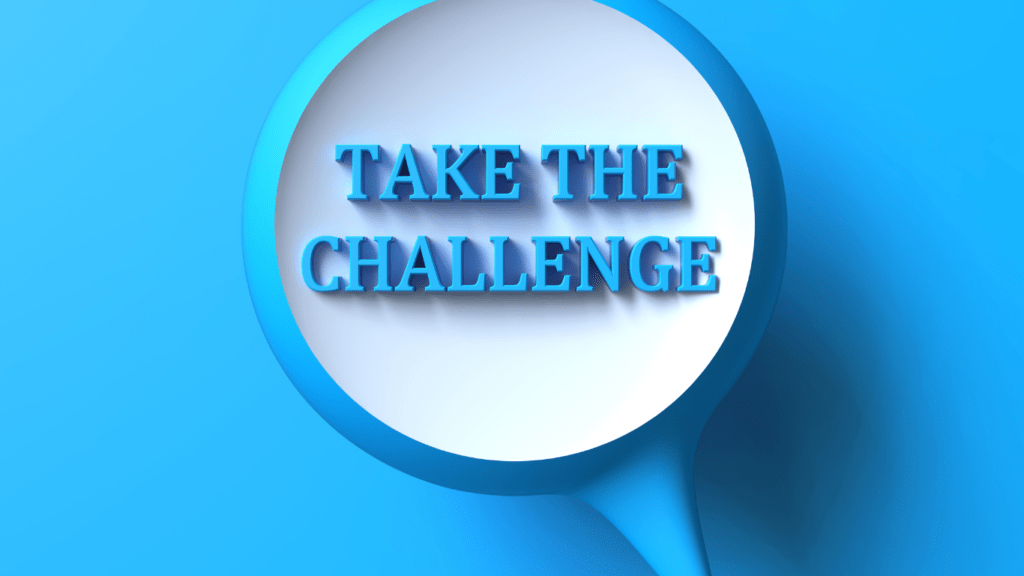Viral trends are the heartbeat of today’s digital culture, and brands are eager to ride the wave. From TikTok challenges to meme-worthy moments, these trends offer businesses a golden opportunity to connect with audiences in real-time and boost their visibility. When done right, it’s a marketing jackpot that can catapult a brand into the spotlight almost overnight.
The Power Of Viral Trends In Modern Marketing
Viral trends offer brands opportunities to amplify their visibility and connect with broader audiences in unprecedented ways. With the right approach, these fleeting moments can transform brand perception and drive engagement.
Why Brands Chase Viral Trends
Brands chase viral trends to stay relevant and tap into massive online conversations. Participating in trends allows companies to align themselves with current cultural moments, making their messaging more relatable. For instance, incorporating popular TikTok challenges or memes can create instant recognition. Engaging with trends also helps brands reach younger demographics who drive the majority of these digital movements.
Trackability makes viral trends appealing. Social media platforms provide measurable insights such as:
- impressions
- shares
- engagement rates
These analytics enable brands to assess real-time performance and adapt campaigns quickly. The potential for high ROI with relatively low costs further incentivizes brands to ride the wave of virality.
The Instant Impact Of Virality On Brand Visibility
Virality accelerates brand visibility by exposing content to large audiences in a short time. A successful viral post, like Oreo’s iconic “Dunk in the Dark” tweet during the 2013 Super Bowl, demonstrates how fast a brand can dominate cultural discussions. As shares and mentions multiply, brands experience exponential growth in impressions and awareness.
Global reach becomes achievable through viral trends. Cross-platform sharing often extends a campaign beyond its target market, introducing the brand to untapped audiences. Increased visibility leads to surges in web traffic, social media followers, and potential customers, bolstering short-term popularity and long-term recognition.
Successful Examples Of Brands Leveraging Viral Trends

Brands that have successfully engaged with viral trends demonstrate creativity, adaptability, and cultural awareness. By creating content that resonates with audiences, they amplify impact and generate lasting impressions.
Creative Campaigns That Hit The Mark
Oreo’s “Dunk in the Dark” tweet from the 2013 Super Bowl black-out is one of the most cited examples. With a single, timely post, Oreo engaged millions during a live cultural moment. The campaign achieved 525,000,000 earned media impressions and boosted the brand’s reputation for wit.
Another notable example is Wendy’s #NuggsForCarter campaign in 2017. After a teenager requested free nuggets for a year, Wendy’s set a goal of 18 million retweets. Although the number wasn’t reached, the tweet became the most retweeted at the time, earning over 3.42 million retweets. This engagement increased their visibility among younger demographics.
Old Town Road’s success in 2019 invited brands like Chipotle to join the trend on TikTok. By creatively remixing content around Lil Nas X’s viral hit, Chipotle generated over 250,000 video submissions for their branded challenge, increasing app downloads and customer engagement.
Building Authentic Connections Through Viral Content
Duolingo’s TikTok presence showcases authenticity. By blending humor with its core offering of language learning, the brand created memorable, trending videos. One post featuring its owl mascot dancing to a trending sound received over 30 million views. This persistent engagement helped Duolingo triple its followers.
Nike’s “You Can’t Stop Us” campaign in 2020 utilized powerful imagery and current global narratives. By aligning with movements reshaping culture, Nike sparked emotional connections. The campaign garnered over 50 million views within days and strengthened its position as a socially-conscious brand.
Skittles embraced unorthodox humor with its “Valentine’s Day Skittles Love Story” campaign, using surreal, shareable videos. The viral content aligned with their quirky image and encouraged direct audience interaction, producing tens of thousands of social shares.
When Capitalizing On Viral Trends Backfires
Not every attempt to leverage a viral trend works in a brand’s favor. Mistakes in execution can lead to damaging outcomes, affecting credibility and consumer trust.
Misalignment With Brand Values
Brands lose authenticity when their viral trend participation conflicts with their core values. For example, if an environmentally-focused brand engages in trends promoting disposable products, audiences notice the inconsistency. This misalignment alienates loyal customers and signals a lack of sincerity.
The Risks Of Misinterpreting Audience Sentiment
Misjudging audience sentiment impacts brand perception negatively. If a trend involves humor, but the execution appears tone-deaf or offensive, backlash occurs. Pepsi’s infamous 2017 protest ad is a prime case where the brand misread the cultural moment, resulting in widespread criticism for trivializing social issues.
Public Backlash And Reputation Damage
Insensitive or poorly executed campaigns can damage long-term reputation. For instance, a trend-focused post that unintentionally mocks or disregards serious matters risks attracting widespread outrage. H&M faced severe backlash when it promoted an ad deemed racially insensitive, leading to boycotts and an erosion of consumer trust.
Lessons Brands Can Learn From Viral Trend Missteps
Brands often face challenges when navigating viral trends, especially when there’s a disconnect between the trend and their identity. Learning from these missteps helps maintain credibility and unlock smarter campaign strategies.
Understanding The Trend Before Acting
- Analyzing a trend is crucial to avoid costly mistakes.
- Rushing to participate without assessing its origin, context, or audience sentiment can alienate key demographics. For instance, Pepsi’s 2017 protest ad failed because the brand misread the gravity of social justice issues, sparking widespread criticism.
- Research involves gauging how the trend aligns with brand values or messaging. For example, controversy often arises when trends originate from sensitive cultural topics.
- Ensure to study how audiences engage with these trends across platforms like Twitter and TikTok, revealing subtle context or nuances. This approach minimizes potential backlash.
Prioritizing Authenticity And Relevance
Authenticity builds trust and avoids accusations of inauthenticity. A brand’s participation must align with its established voice and ethos. Failure, such as H&M’s ad controversy, occurs when actions contradict public expectations for the company’s core values.
Relevance ensures that the trend ties directly to the audience’s interests or experiences. Brands like Duolingo succeed by blending humor into viral moments, leveraging platforms like TikTok where their tone matches user preferences. Staying authentic while ensuring the relevance of the trend helps deepen the connection with target demographics.


